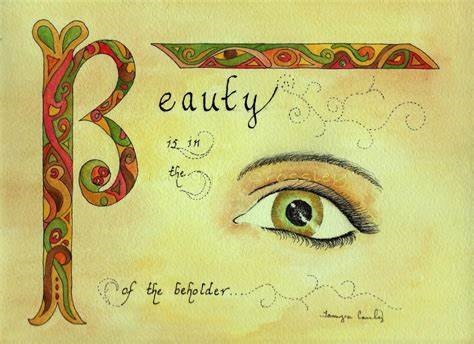
One afternoon, which I cannot recall its specificity; I had a conversation with a friend with whom I visited an art gallery. After feasting our eyes on the major portion of the displays, he asked me as to which artistic piece is my favorite of the creative wonders portrayed. “Maybe the one on the third floor,” I replied— “The woman, standing in the rain.” I remembered the combination of the colors in that eye-catching painting: gray, black, and blue. How beautiful it was! Compassionately showing the artist’s skills explicitly as well as displaying the unkindness of society to the homeless woman standing in the rain, highlighted in the canvas with a broad-range of gray and black.
But then with a bewildered face, he looked at me and started to explain to me how he individually saw the translation behind it: how it somewhat reshapes and compresses the way how our society works.“ There are always certain people facing untamable things, and challenging common ideologies,” He said, “Like the woman undaunted by the downpour.”
I adored how he took the same paint we both saw into a broader view, but what struck me was how different it was from mine. Did we see the same paint? We definitely did. How come then we ended up having two entirely different perspectives on a single paint? Well, lost in translation.
This tiny interaction in my life had stretched beyond what I thought it was capable of–to the point it made me develop a fresh perspective of life as a whole. What we see out there, is not what is there, but what is inside of us. And we humans, being a mirror of different unique ideas, tend to see our things in a way our perspectives are reflected on.
People might see entirely different things but may grasp the same understanding as how they see one thing and have different illustrations and explanations about it. It is because what we see is not what is there, mostly at least, rather it is what we want there to be; what we desired or expected to find. If it was a book or an article, our description might be narrowed and the same, but when it is a painting, or in another sense when we are not told what it is directly, it is rather left to be interpreted by ourselves.
Hence, there is art in how people justify pain, but there is pain in how art is justified. How it is stretched to the extent of our understanding, to our own personal perspectives. Thus, reaching a point the artist never intends to tell, to echo. And that is how life is a single phenomenon, but having a million definitions, from millions of people and millions of them still being correct. Because life happens to be a painting, where the artist does not stand beside you to explain his/her work of art, but leaves you all alone to figure it out and take it in the meaning your heart desires. Because life happens to be art and art, like they say, reveals more about the viewer than the artist himself. That is how life always has been; given but left in our hands to take it in the path favored, in the definition preferred. And that gives life a multidimensional actuality; Sole but numerous, lone but not alone.
BY BITANIYA TADELE
The Ethiopian Herald August 17/2023




